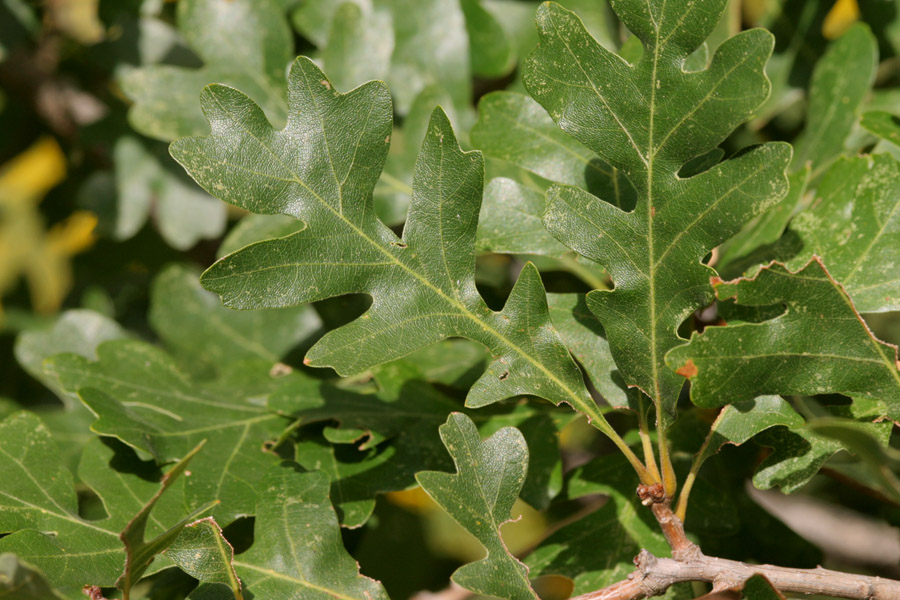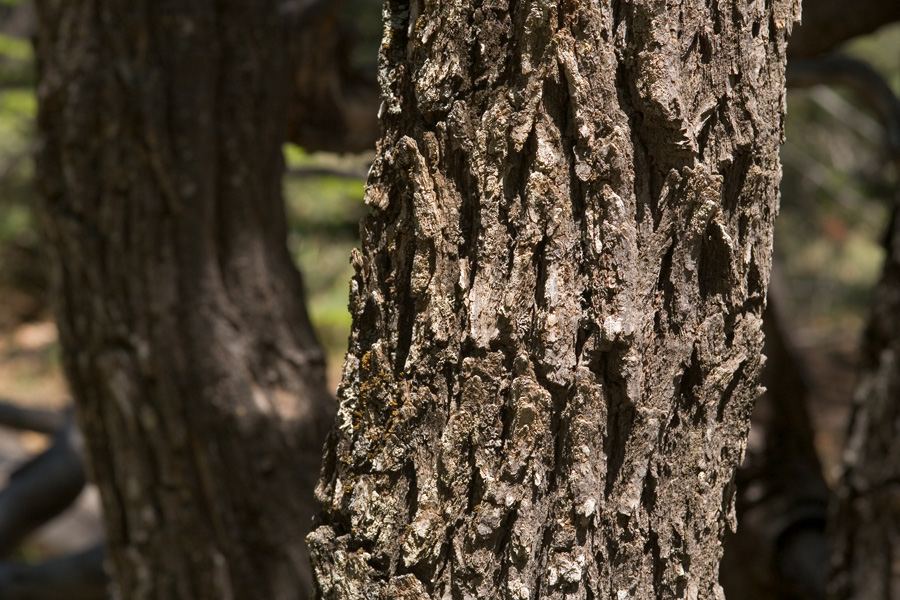Selected Plants of Navajo Rangelands
Gambel oak

Gambel oak is ecologically important, providing food and shelter for many wildlife species. It occurs as clones of shrubs in dense patches 3 to 20 feet tall, often with a central thicket rising above the others. Widely spaced trees grow up to 75.5 feet tall. Bark of gambel oak is rough and furrowed.
Gambel oak may contribute up to 50% of cattle diet without cattle showing any ill effects, with poisoning occurring at higher percentages, and death often resulting when more than 75% of the diet is gambel oak. Freezing enhances toxic properties of gambel oak browse; young foliage turned black by freezing is extremely toxic.

©2018 NMSU Board of Regents.
Individual photographers retain all rights to their images.
Partially funded by the
Western Sustainable
Agriculture Research and Education Program
(westernsare.org; 435.797.2257),
project EW15-023.
Programs and projects supported by Western SARE are
equally open to all people.